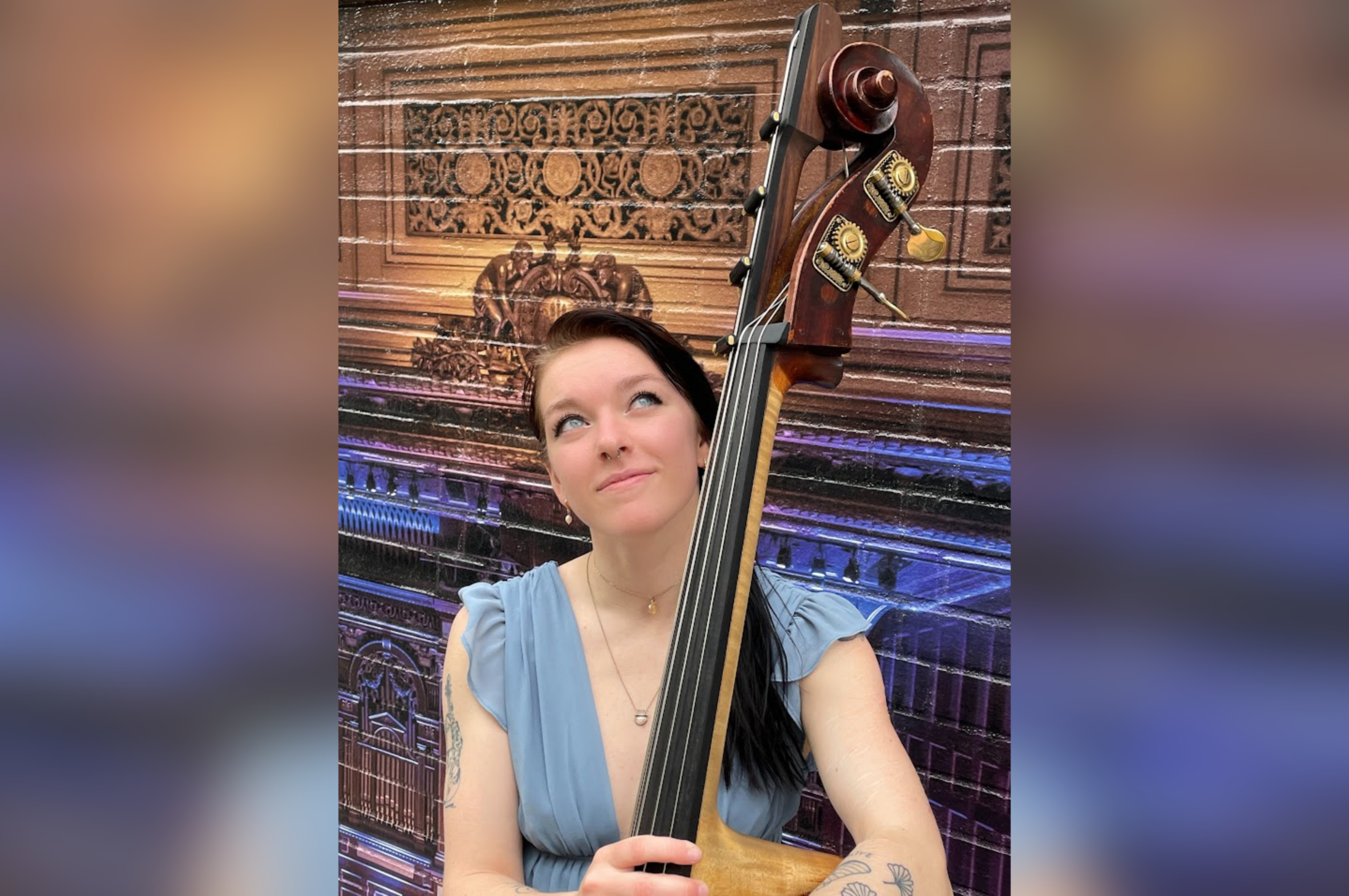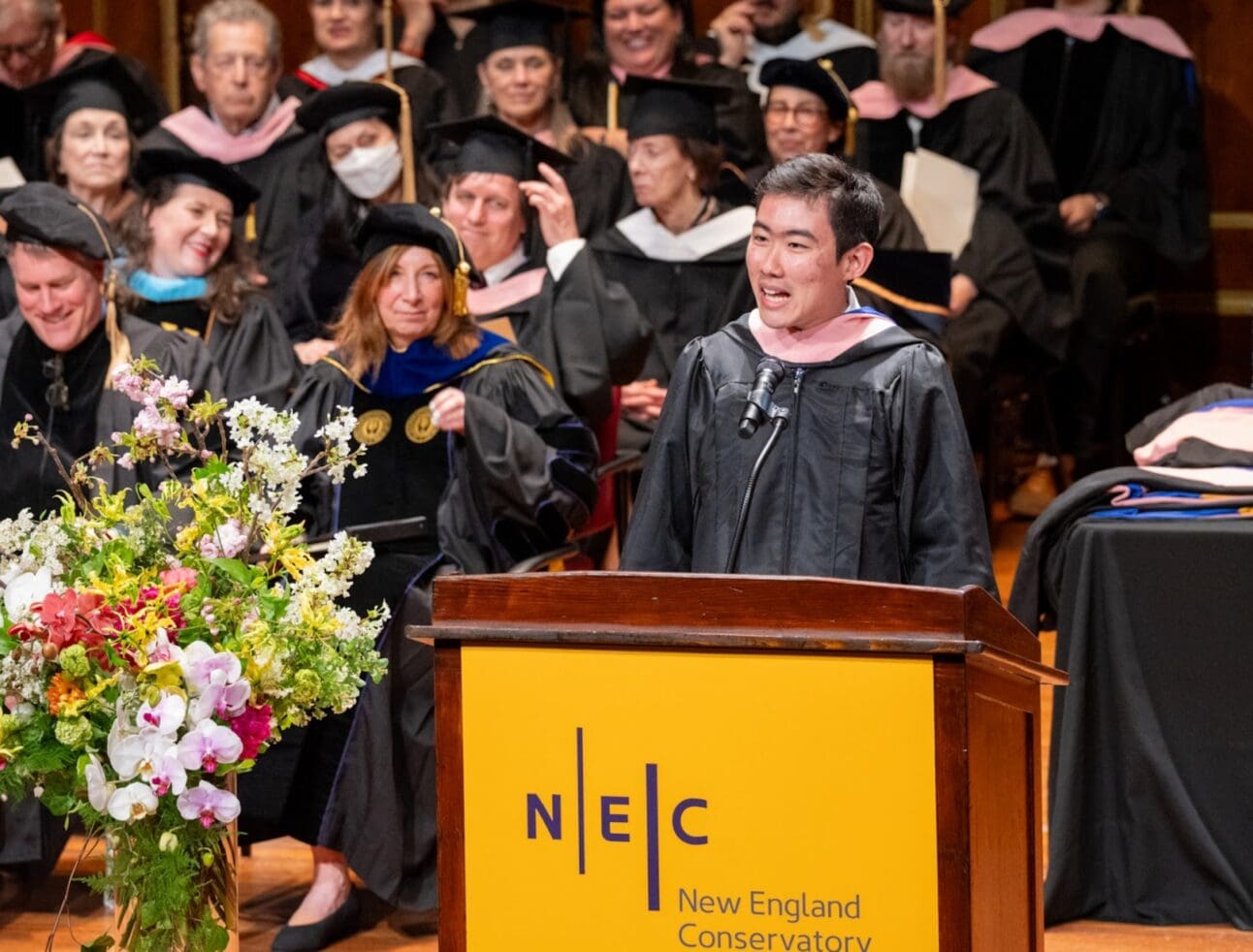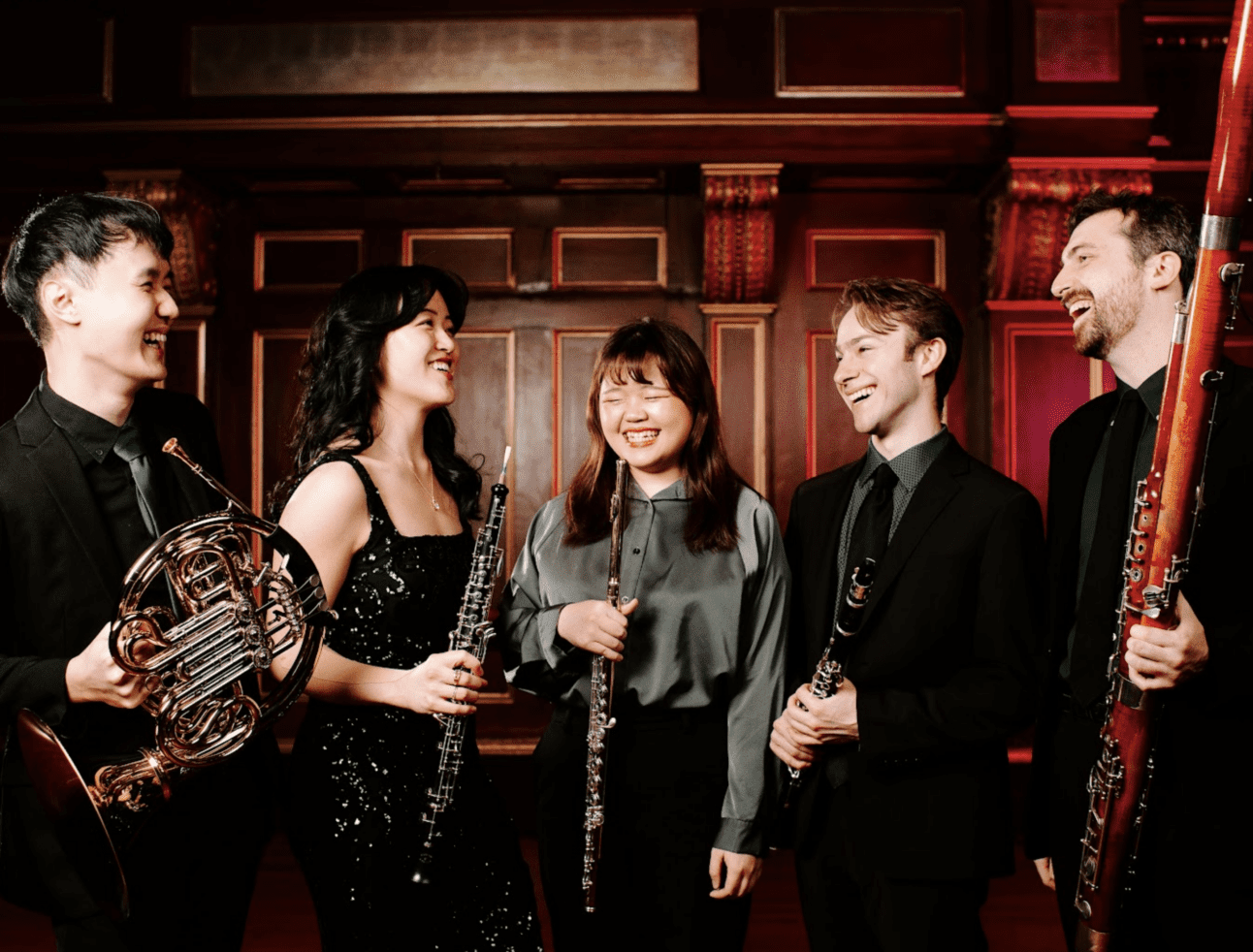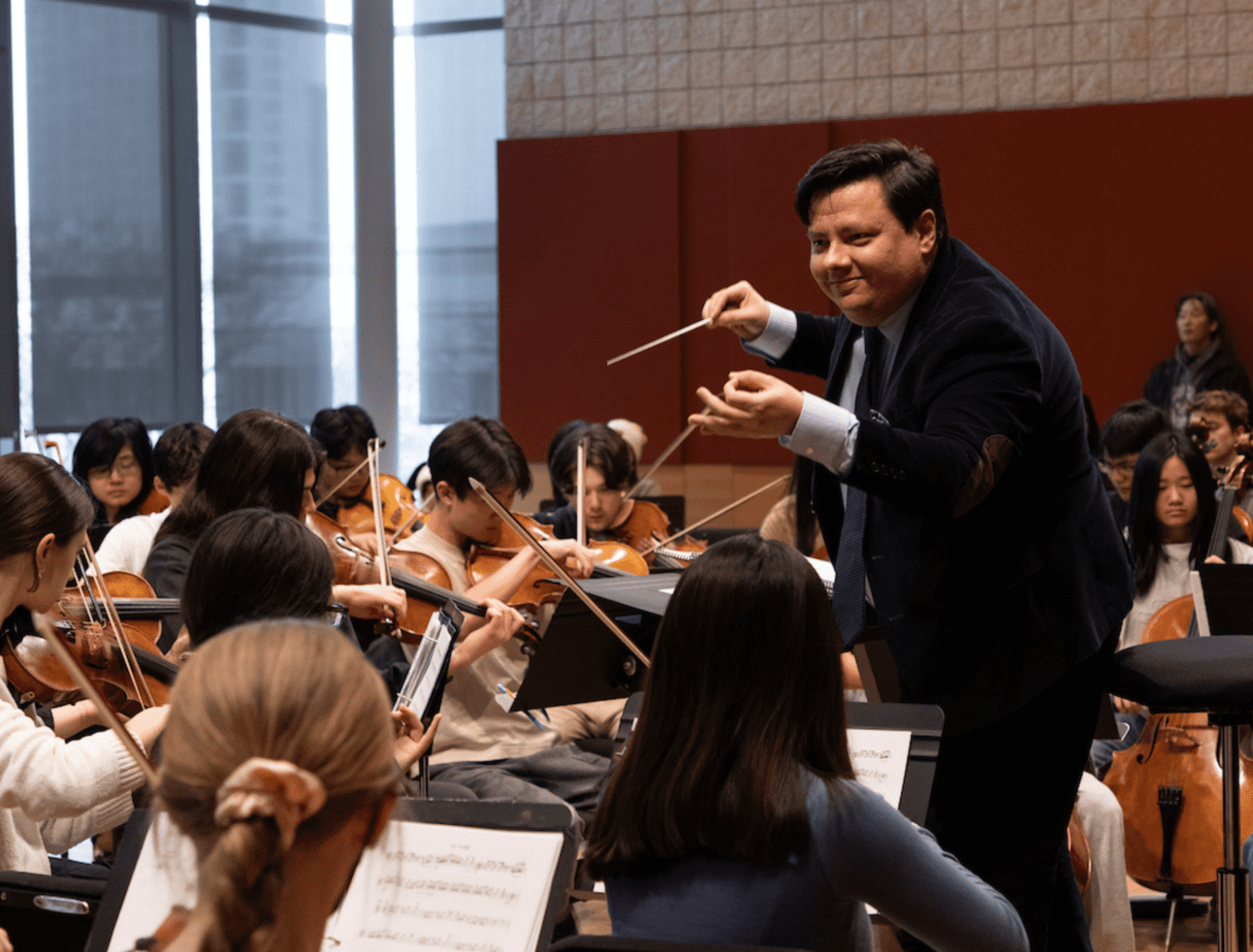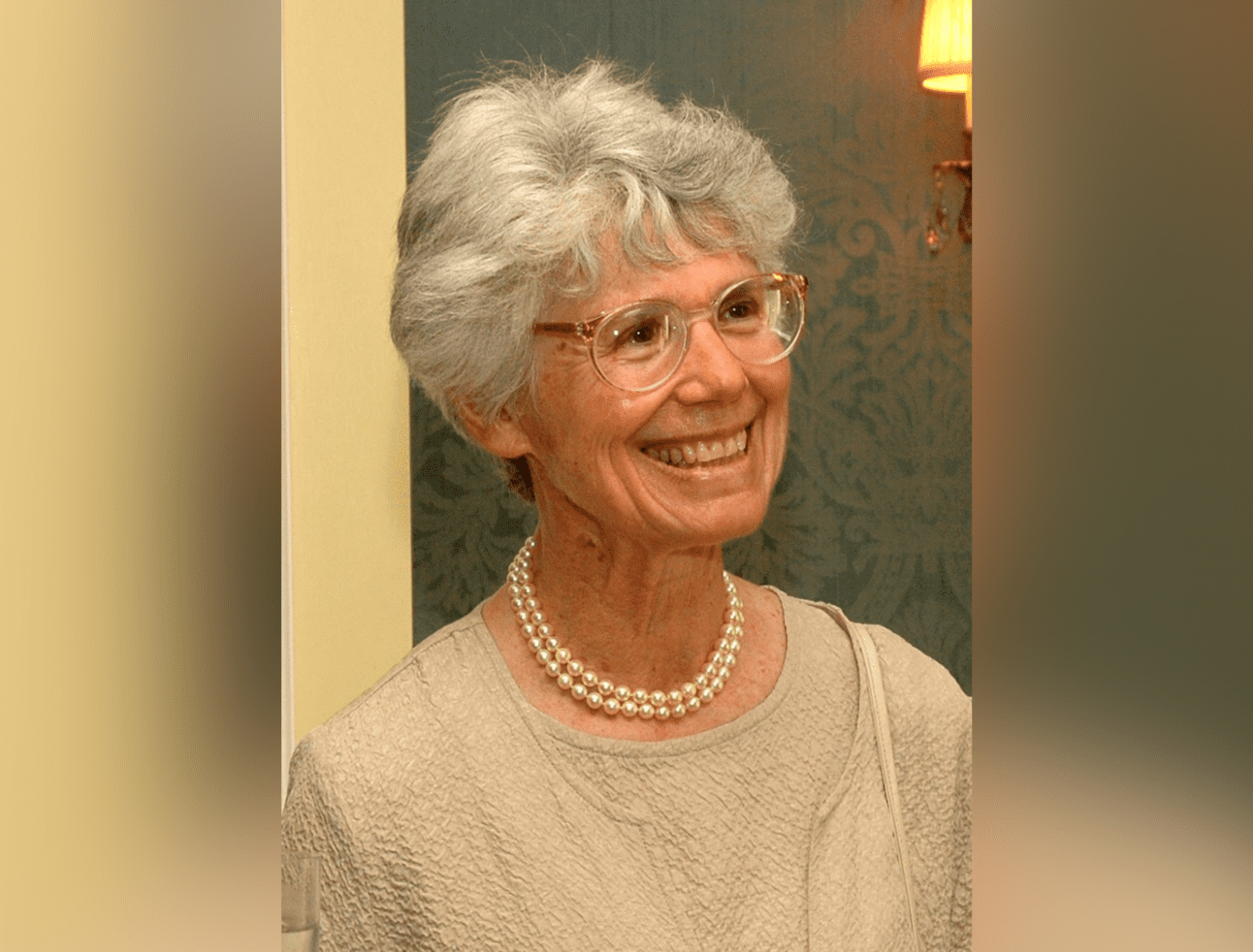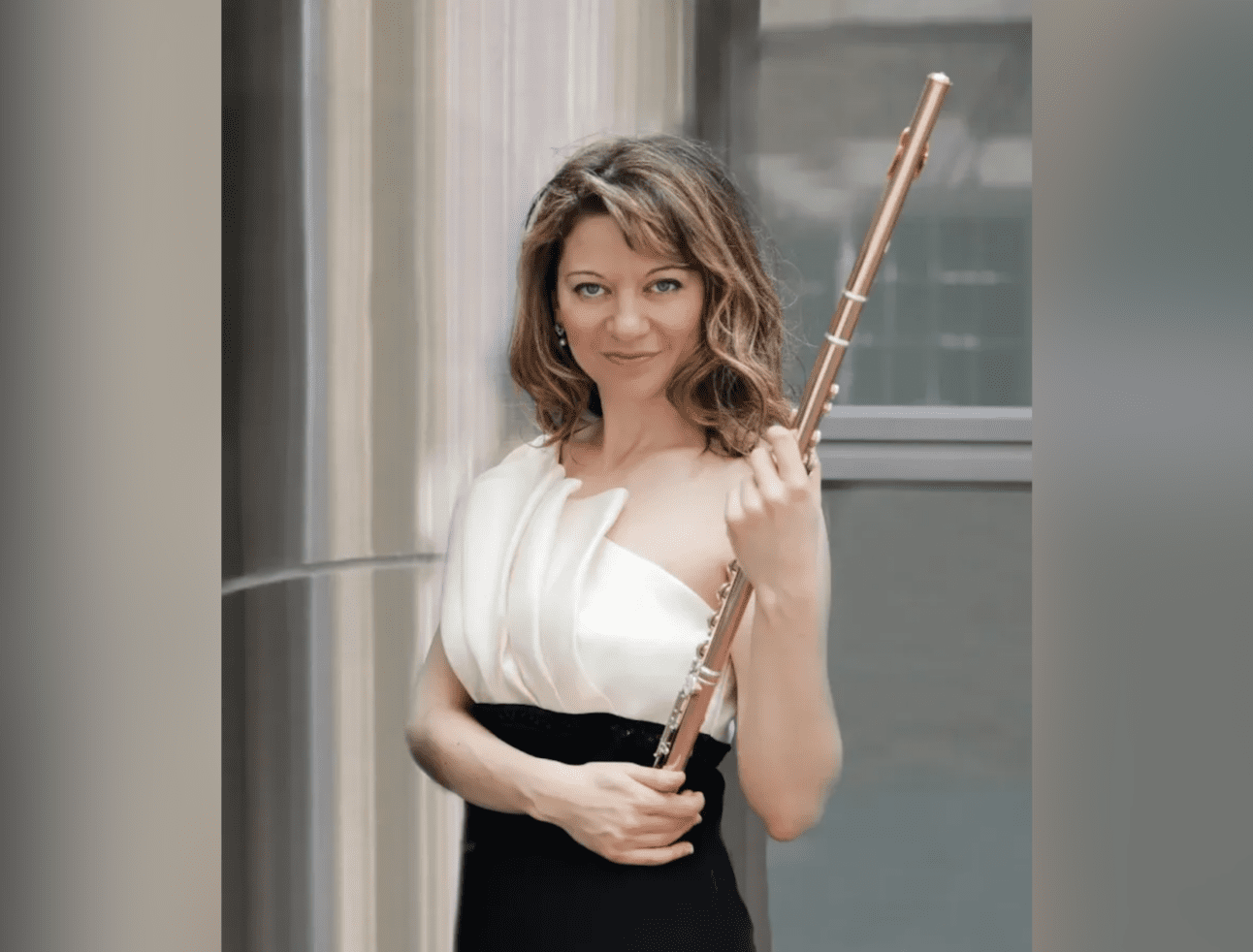Alyssa Peterson ’25 was a first-year high-school student and had been playing double-bass for three years when she got tendinitis in one of her wrists. “I couldn’t hold a plate,” she said. The next year, she got tendinitis in the other wrist. It was a shoulder injury, though, that today has Peterson saying, “I don’t know to what degree I can have a career.”
Peterson enrolled at NEC in 2019 carrying the emotional weight of her injury. “Imposter syndrome really fed into a desire to overcompensate,” she said, “to practice for hours and hours and hours and hours because that’s what everyone was doing.” As a result, her shoulder injury, suffered at the end of her second year in high school, “only got worse.”
“That injury definitely turned chronic,” she said.
For years, Peterson found herself “struggling to get support despite being very vocal that things were not working and that I was in a lot of pain.” And, she said, “I was still showing up and pushing myself really hard.” Until she reached a point this academic year at which she “couldn’t keep playing, where pushing through was not an option anymore. I couldn’t take it anymore.”
Now, as she eyes graduation, Peterson does so having started a conversation, one that began in the fall with Dr. Michael Charness, a pianist and neurologist who’s the founding director of the Performing Arts Clinic at Brigham and Women’s Hospital, where Peterson also spoke with physical therapist Joanne Bosch and occupational therapist Kelly Belinsky.
Peterson, who began the fall term as a student leader in NEC’s Counseling and Wellness Center, having included in her application for that position an interest in raising awareness about injury prevention, began having conversations at NEC with Vanessa Mulvey and Dr. Molly Gebrian ’06 MM, ’08 GD. Mulvey teaches a Body Mapping course that Peterson took, and Gebrian, a violist with a background in neuroscience, teaches courses on the science of practicing — that is, in her words, “teaching people how to practice.” Peterson took Gebrian’s course Music and the Brain this spring.
In March, Peterson proposed an experiment in which large ensembles at NEC would follow a rehearsal-time-management schedule called 5 Every 25, inserting three five-minute breaks, and one 15-minute break, into each two-and-a-half-hour rehearsal. It’s the practice schedule that Charness gave Gebrian nearly 30 years ago.
Like Peterson, Gebrian developed tendinitis at age 15. “I was told by the professional musicians in my life that I should keep my injury hidden,” Gebrian said. “I did not keep it hidden at all.” Nor has Peterson, who recently assembled a document titled Optimize Your Practice: A practice guide for preventing injuries by optimizing learning and training like an athlete, the content of which Gebrian said “aligns with the neuroscience side of what I teach.”
Mulvey, whose work is about “teaching musicians how to understand their bodies and move in the best way possible so they can find the best way possible to express themselves,” helped Peterson with the practice guide, specifically its lists of dos and don’ts, which draw directly from a book titled Playing (Less) Hurt: An Injury Prevention Guide for Musicians by cellist Janet Horvath, a longtime member of the Minnesota Orchestra.
Peterson first came across Horvath’s book in 2021 and said “it was really the first resource that I ever came in contact with about musicians’ health specifically.” Gebrian described Horvath’s work as a “very standard book in the world of injury prevention.”
In their conversations, Gebrian said she and Peterson “talked about how people are practicing and how they’re using their time.” There remains a feeling in the world of musicians that “hurting while you play is a normal thing,” Gebrian said. Peterson likens the attitude to the old “no pain, no gain” approach to pushing through discomfort. “Things have definitely shifted,” Gebrian said, but “it isn’t this open conversation.”
“I think a lot of it is a cultural and traditional issue,” Peterson said, adding that, fortunately, “NEC is on the progressive side of things.” Part of that is reflected in the presence of Gebrian and Mulvey at the Conservatory, where the mentorship Peterson has found opened her eyes to how she might make a meaningful impact in the world if not only through her bass playing.
Gebrian mentioned having had “a kind of future-career-direction conversation” with Peterson. “I think it’s awesome,” Gebrian said, that Peterson took the initiative that she did.
